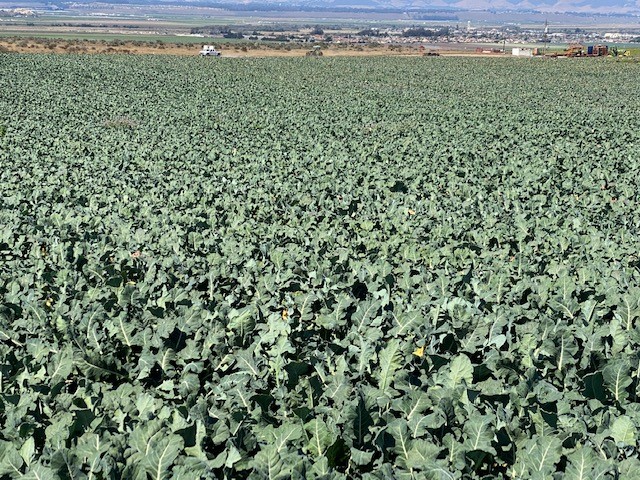The definition of weakness: the state or quality of being weak; lack of strength, firmness, vigor, or the like; feebleness. I see weakness as a vulnerability or as something that can be exploited. The “weakness” in agriculture is the constant mining of our soils without doing anything to offset the damage being done. The results are all too common – increased disease and insect pressure, decreasing crop yield and reduced quality, erosion, compaction, nutrient imbalance, pollution, acidification, water holding loss or logging, dwindling soil diversity, and increased salinity are affecting soil across the globe. Yet, we continue along this path without clear considerations of the medium- and long-term consequences. There may even be a point where the cost to revitalize soils becomes prohibitive given the level of damage. This is a major weakness in agriculture and demands that we start to change our approach.
The days of “getting by” are gone. For example, the land in the Salinas Valley in California has been some of the most sought-after farming lands in the world. The cost of the land forces farmers to pursue more monolithic cropping. Basically, they don’t have time to plant an alternative crop as it’s too costly to take a pause from the priority cash crop. Modern intensive agriculture has led to biodiversity loss by restricting the number of crops, resulting in a limited range of nutrients available to the microbial community, which in turn affects yields.
The introduction of alternative specialty crops has many inherent advantages, including economic benefits to farmers, through multiple facets: diversifying with value-added crops, improving resilience to climate variability, maintaining yields with fewer resources, and boosting crop resistance to pests and diseases. However, it’s not always a possible option given the demands on farmers to produce the most financially rewarding crops. In these scenarios, we can introduce the diverse biology found in nitrogen-fixing bacteria, soil inoculants, fish hydrolysates, and beneficial fungi. We can also offer other, more natural solutions to “nuking” the soil — methods that can help stimulate microbiology and reduce harmful pathogens in a manner that complements nature.
If we strive to complement nature instead of going around her, we can deliver sustainable returns. Just to be clear, I’m not advocating a complete shift from conventional farming to organic farming. I’m asking for a softer approach that serves nature and therefore flourishes.
Agriculture may have made civilizations possible, but it has never been a safeguard against their collapse. Like many of their modern counterparts, early farmers often worked the land in ways that depleted its fertility. Technological innovations like irrigation (circa 6000 BCE) and the plow (circa 3000 BCE) brought enormous gains in productivity, but when used irresponsibly they degraded soil—the very foundation that makes agriculture possible. By 1798, economist Thomas Malthus warned that unchecked population growth would outpace food production, setting the stage for widespread starvation. History is no stranger to this scenario—depleted farmland and changing climates set the stage for periodic famines throughout much of Europe from 1300 to 1850. We are currently seeing similar consequences in African countries.
Again, I want to stress that the answers are out there. We have biological products that work extremely well in complementing common agricultural practices. This is the pathway to getting ourselves out of the chasm we’ve created by constantly depleting our soils. If we focus on the foundation of crop health, by increasing topsoil thickness (Soil Organic Matter) and plant-available water capacity, and by improving soil tilth and fertility, in a few years we will find ourselves in a much stronger and less weak place.





